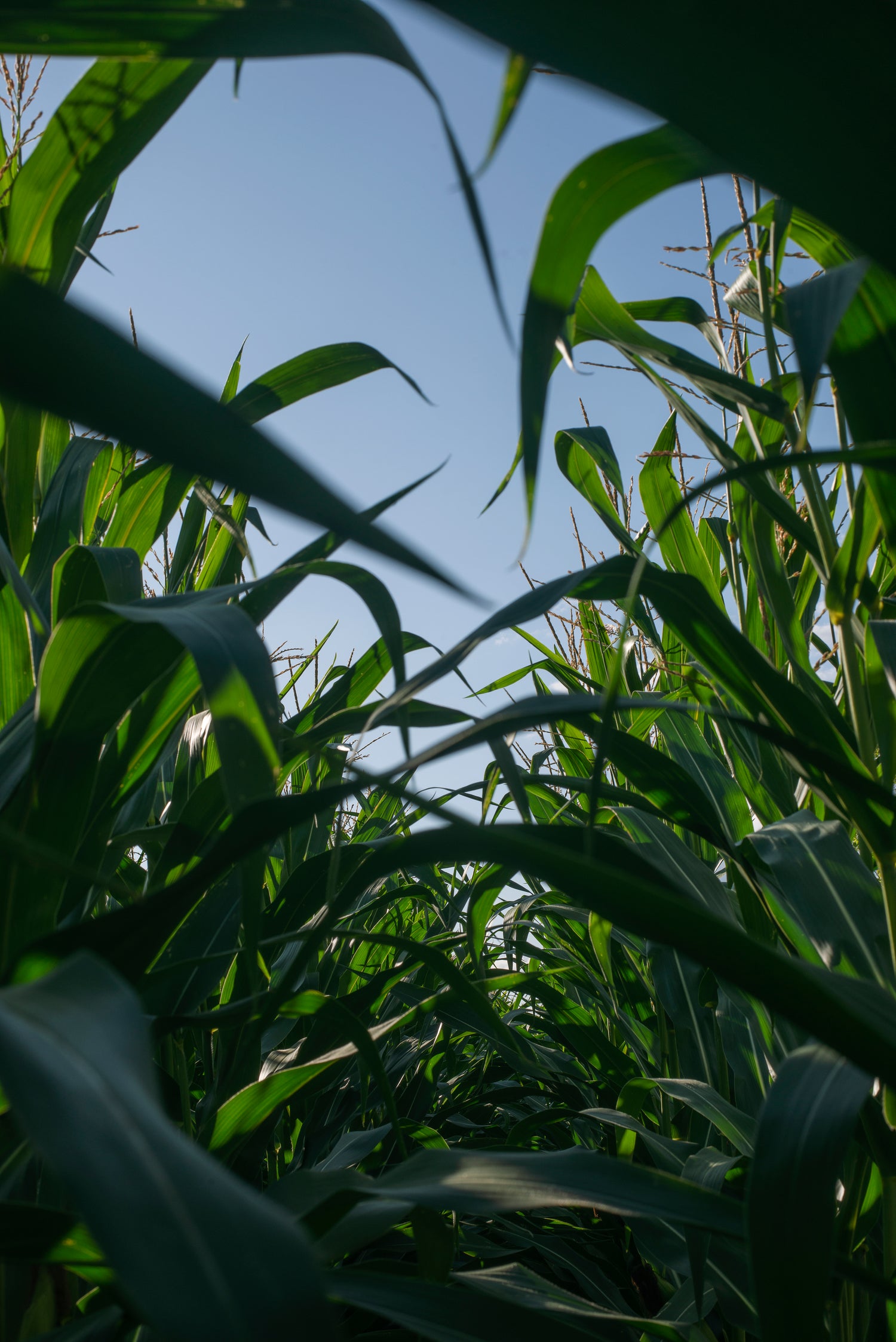About Us
Welcome to Eco Critters, where sustainability meets playfulness!
At Eco Critters, we believe in the power of play to inspire joy, creativity, and connection – not just between children and their toys, but also between people and the planet. Founded by John and Scout, our family-owned company is driven by a shared commitment to leaving behind a world that's healthier, happier, and more sustainable for future generations.
Our journey began with our daughter, Pippa – a spirited collector with a deep love for animals. As Pippa's collection grew, we couldn't help but notice the environmental toll traditional plastic toys were taking on the planet. Determined to make a difference, we set out to create toys that not only sparked imagination but also aligned with our family's values of sustainability and environmental stewardship.
Inspired by Pippa's passion for animals and nature, we worked to develop a range of toys made from renewable, plant-based materials. Each Eco Critters toy is crafted with care and attention to detail, ensuring hours of eco-conscious fun for children everywhere.
Our commitment to sustainability doesn't stop there. We strive to minimize our environmental footprint at every step of the production process. And with a portion of our proceeds donated to environmental conservation efforts, we're proud to give back to the planet that inspires us every day.
Join us on our mission to make playtime guilt-free and planet-friendly. Together, let's create a world where every child can play freely. Thank you for choosing Eco Critters – where every toy is a step towards a greener, brighter future.

Our Manufacturing Process
We build our Eco Critters from Polylactic Acid (PLA). PLA is a biodegradable and bioactive thermoplastic derived from renewable resources, primarily corn starch or sugarcane. Here are some of the benefits of PLA:
- Renewable Resource: PLA is made from plant-based materials such as corn or sugarcane, making it a renewable alternative to traditional plastics derived from fossil fuels.
- Biodegradable: PLA is biodegradable under certain conditions, meaning it can break down into simpler compounds like carbon dioxide and water when exposed to the right environment, such as industrial composting facilities or specific composting conditions.
- Reduced Carbon Footprint: PLA production generates fewer greenhouse gas emissions compared to traditional plastics, contributing to lower carbon footprints and reduced environmental impact.
- Safe and Non-Toxic: PLA is considered safe for use in food packaging and medical applications. It does not contain harmful chemicals such as bisphenol A (BPA) or phthalates, making it a safer option for consumers and the environment.
- Energy Efficient: PLA requires less energy to produce compared to traditional petroleum-based plastics, further reducing its environmental impact.
- Supports Circular Economy: PLA can be recycled through various methods, including mechanical recycling, chemical recycling, and composting, supporting the transition towards a circular economy where materials are reused, recycled, or composted at the end of their life cycle.
Disclaimer
Warning: Eco Critter and their component parts may represent a choking hazard. Recommended age is two is older.